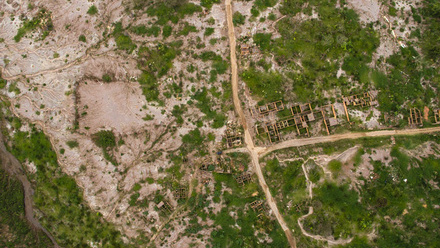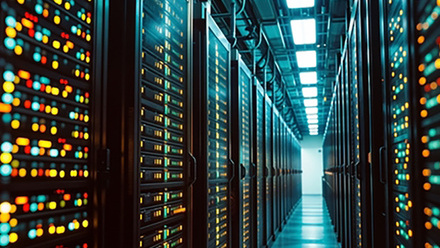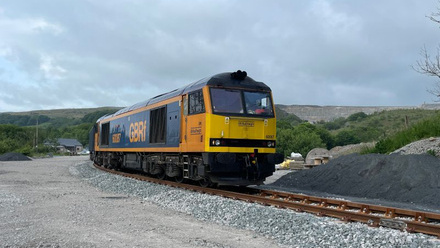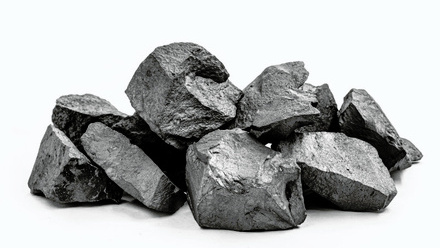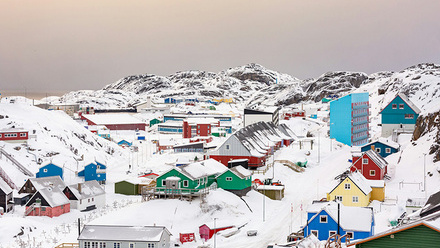Weighing up the future - mining in Sudan
Michael Schwartz looks at mining opportunities that are emerging cautiously and officially from Sudan – as well as those emerging unofficially.
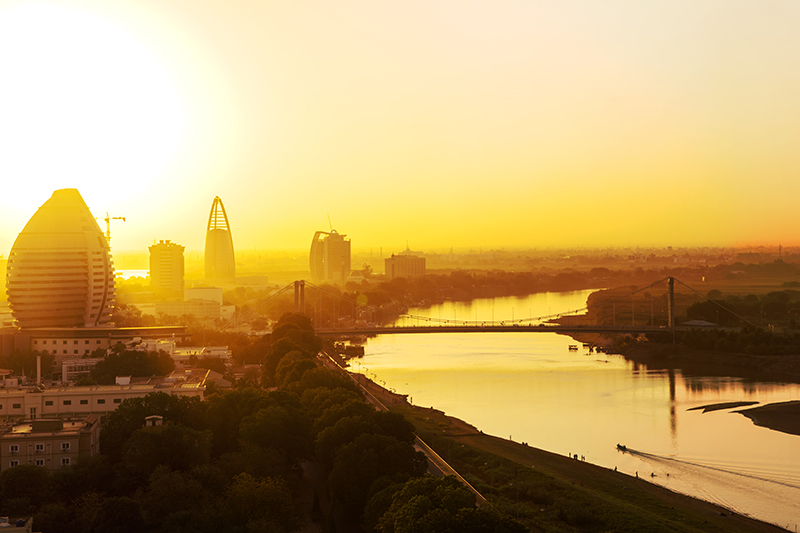
Sudan is still relatively new to the ranks of modern African mining states – civil strife in the early 2000s deterred investors and operators alike, while the creation of Southern Sudan (Juba) presented its own complications, not least when most of the oil reserves in the former Sudan were transferred to the new South Sudan.
Mining in Sudan featured in a report published by Researchgate. Dr Osama Mohammed Elmardi Suleiman Khayal, Associate Professor in the Department of Mechanical Engineering, Nile Valley University, Sudan, summarised his country’s mining sector. “The mining industry of Sudan was mostly driven by extraction fuel and minerals, with petroleum accounting for a substantial contribution to the countryʼs economy until the autonomous region of Southern Sudan became an independent country in July 2011.
“Gold, iron ore, and base metals are mined at the Hassai Gold Mine. Chromite is another important mineral extracted from the Ingessana Hills. Other minerals extracted are gypsum, salt and cement, while phosphate is found at Mount Kuoun and Mount Lauro in eastern Nuba. Reserves of zinc, lead, aluminium, cobalt, nickel in the form of block sulphides and uranium are also established, as are large reserves of iron ore.”
Caution required
Sudan’s economy overall received a boost when, in 2017, the USA ended 20 years of sanction – the country is now promoting itself as a hub for mineral investment. Law firm Herbert Smith Freehills (HSF) reports that 160 concession blocks are now available for investors, 64 containing gold.
All too abruptly, the 2020 World Bank’s Doing Business Report paints a gloomy picture. The country ranked 171 out of 190 countries, with an economic score of 44.8%. Access to electricity and obtaining credit were singled out as particularly difficult. For these reasons, HSF states that “the government would need to address a variety of issues before the mining sector will attract any meaningful foreign investment”.
Another note of caution is sounded when it comes to the environment. Neither Sudan’s crucial Mineral Wealth and Mining Development Act of 2015, nor its 2007 predecessor, provide effective laws or regulations to govern issues of the environment, rehabilitation, mine closures, mining-affected communities, or health and safety. HSF has called for the Sudanese government to develop and implement a comprehensive environment, social and governance (ESG) framework.
Perseus Mining
Africa is the focus of ASX-listed Perseus Mining’s ambitions, with the recently purchased Block 14 project, in Sudan, joining the company’s 31.4% stake in the Koné Gold Project in Côte d’Ivoire.
Perseus Mining itself started out as a junior exploration company in 2004, exploring tenements in both Ghana and Côte d’Ivoire. The company has since evolved from gold explorer to developer, and then in 2012 to producer with the development of the Edikan Gold Mine in Ghana.
Two more gold mines have followed, both in Côte d’Ivoire – Sissingué, which achieved commercial production at the end of March 2018, and Yaouré, where first gold was poured in December 2020 and commercial production started in March 2021. The three present mines will by themselves raise Perseus Mining’s annual total to over 500,000oz of gold.
The company’s feasibility study for the Block 14 prospect in Sudan includes key assumptions for commodity prices as well as the costs of gold mining and processing – no recent material changes have emerged. The key assumptions from the study are:
- US$1,350/oz gold price
- US$19.78/t average total cash cost
- US$21.99/t average all-in sustaining cost
- 82% metallurgical recoveries
- 7% government royalty
- Probable reserves of 79.9Mt at 1.11g/t for 2.9Moz of gold
Perseus Mining describes Block 14 as a “large and simple orebody expected to support robust development with a competitive cost profile”. The Block 14 resource comprises 4.942Moz measured and indicated, 2.090Moz inferred, and 3.274Moz proven and probable.
Jeff Quartermaine, CEO and Managing Director of Perseus Mining, says, “What we intend to do is to get on the ground and start drilling as soon as we possibly can. That drilling is targeting two things – one is sterilisation drilling around the pit, while the second focuses on our belief that with some further infill drilling, we can materially increase the size of the in-pit resource and therefore the reserve.”
In terms of exploration and drilling, four programmes were conducted before the recent acquisition: 66,819m of reverse circulation drilling in 520 drill holes, 21,531m of core drilling in 88 drill holes at Gulat Sufar South deposit, 13,835m of RC drilling in 114 drill holes, plus 1,852m of core drilling in eight drill holes at Wadi Doum deposit.
These results have not been superseded. At the time of writing, the project has received full permitting for its mining lease, royalty agreement and water permit. In particular, the mining lease incorporates a guarantee of fiscal stability and relief from taxation for five years from the start of commercial production.
He continues, “We will be starting the various engineering studies that are needed to come up with a definitive plan, and broadly speaking weʼre looking at a full development decision around the middle of next year…In the interim, we most likely will start some early works. Itʼs looking pretty good. Weʼll be starting to have a serious look on the ground at logistics and capacity in the country to get the project moving forward fairly quickly.”
Perseus Mining also intends to undertake a Front End Engineering and Design (FEED) study to reduce risks and/or improve technical and financial outcomes. The component parts of the FEED study are comprehensive, comprising among others additional geotechnical, hydrological and metallurgical studies, water supply and power assessments, possible use of renewable solar energy, enhanced water recovery methods, and grind-size optimisation. The study is anticipated to take nine months and to cost roughly US$3mln.
As guidance, Perseus Mining published its three-year sustainability roadmap for the financial years 2022, 2023 and 2024. For the first of these years, it intends to harmonise sustainability risk management and to align its governance framework and ethos in accordance with the World Gold Council’s responsible gold-mining principles. FY23 will see the establishment of social performance and responsible sourcing frameworks, and the identification of strategic community investment opportunities, with FY24 witnessing implementation of the latter opportunities.
Other side of the coin
Unfortunately, Sudan’s mining image is all too often sullied by accounts of illegal international gold sales and allegations of gold mined in Sudan used to support the Russian war effort in Ukraine.
A coup in Sudan in late 2021 has led to mining concessions in the country’s gold-bearing northeastern area. Declan Walsh, Chief Africa Correspondent to the New York Times, mentions in a report dated 5 June 2022 that locals refer to “the Russian company” which operates at Al-Ibediyya, approximately 360km north of Khartoum, and which pays the best of all local investors. The Al-Ibediyya plant is closely guarded and undertakes the task of processing mounds of ore into semi-refined gold bars.
Those Sudanese who do dig up gold-bearing ore have a choice – take the ore to the more modern plant about 16km from Al-Ibediyya operated by Meroe Gold or stop at Al-Ibediyya and hand it over to a traditional mercury-based technique with all its health hazards.
Statistics for illegal mineral movements can never be calculated with total accuracy. Yes, gold production has increased as oil output fell after the secession of Southern Sudan. The New York Times article accepted the estimate of the Central Bank of Sudan – 70% of Sudan’s gold is smuggled out, with the United Arab Emirates (UAE) being the chief conduit.
The open secret that has for several years emerged is that Sudanese gold is often taken into UAE without any questions being asked. Any flow of Sudan’s gold directly to Russia is harder to prove.
As with other minerals such as diamonds, measures are taken to identify, measure and control illegally mined gold. One organisation which aims to encourage responsible gold mining is the World Gold Council (WGC), which launched its Conflict-Free Gold Standard (CFGS) in 2012. Again, as is the case with diamonds, there is little gold mining linked with conflict. The CFGS challenge is to introduce responsible practices to reduce the conflict element rather than eliminate it altogether – the latter would deny local communities their livelihoods.
The CFGS is, in turn, based on internationally accepted benchmarks, playing its part in the OECD’s Due Diligence Guidance for Responsible Supply Chains for Minerals from
Conflict-Affected and High-Risk Areas. However, despite several enquiries addressed by this writer to the WGC, it was unable to supply any information specific to illegal mining in Sudan.
A tricky future?
Previous Materials World articles have emphasised the role of mining in building up local African economies. It is difficult to gain anything except for the minimally positive from Sudanese mining.
Did you know?
Sudan was 171 out of 190 countries in the World Bankʼs 2020 analysis, Doing Business Report, posting an economic score of 44.8%.Source: The World Bank



